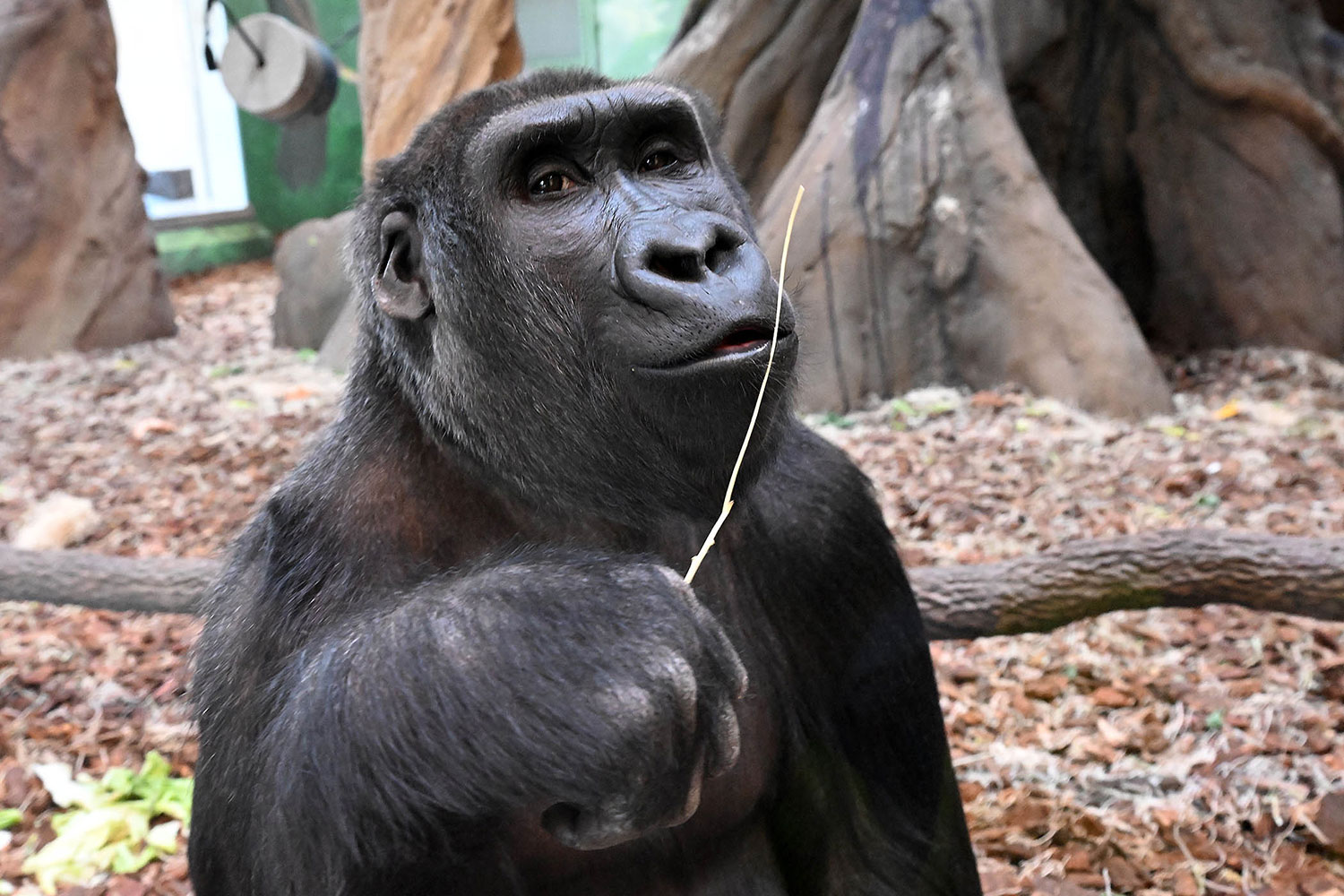Brookfield Zoo dropped $66 million on a lush, three-acre immersive primate paradise that opens on July 11th. But this isn’t your average walk-through wildlife loop. Entry is included with admission, but advance online reservations are required for timed entry. Here’s what else you need to know.
It feels like a rainforest, not a zoo.
Designing a tropical habitat in Chicago comes with obvious challenges, like frigid winter temps. To keep things functional year-round, the zoo used hardy plants that resemble rainforest species, integrated heated rockwork for cold days, and installed mesh canopies to let the animals experience sun, wind, and fresh air while staying safe. The space was built vertically to reflect how primates move through forests — by climbing, not pacing — to give them room to behave like, well, themselves.
Five rescued spider monkeys call it home.
The endangered primates were confiscated from wildlife traffickers at the U.S.-Mexico border in 2023, then spent more than a year in rehabilitation at zoos in San Diego and Houston. But they couldn’t be returned to the wild due to early separation from their mothers. The monkeys’ presence underscores the role zoos can play in responding to wildlife trafficking and raising awareness about species under threat, says Mike Adkesson, zoo president and CEO.
A bachelor troop of gorillas also has a crash pad.
Two western lowland gorillas—brothers named Shango and Barney— now share a space here, forming the zoo’s first-ever bachelor troop. In the wild, males often leave their family groups to live together in loosely bonded bachelor units before starting their own families. Visitors can get a glimpse at this rarely seen social dynamic, with status-testing behaviors playing out in real time.
An indoor trail winds like a transcontinental trek.
Tropic World, the zoo’s long-standing indoor primate space, now connects directly to the new habitat via a reimagined entryway that leads visitors beneath a 48-foot waterfall. Inside, guests walk through three immersive zones — South America, Asia, and Africa — each designed to reflect the climate and conservation challenges of that region. (Bonus: A squirrel monkey named Gizmo recently gave birth to a baby boy, who you can see in the South America zone.)
A sculpture made from snares tells a bigger story.
A life-size sculpture of two gorillas is crafted entirely from wire snares once used by poachers in Uganda. It was created by former poachers-turned-artisans as part of the Snares to Wares initiative, illustrating the role local livelihoods play in reducing pressure on wildlife.



